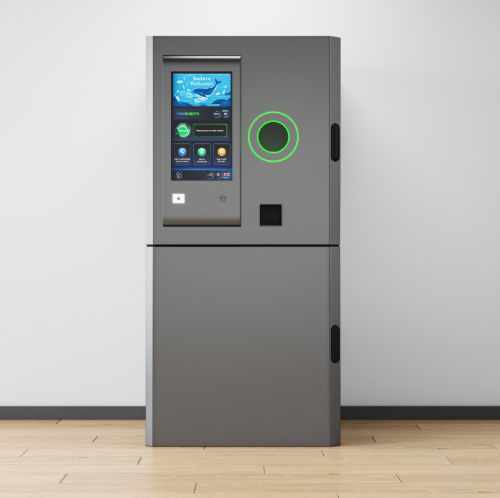
As more people around the world become aware of the need to protect the environment, cities and businesses are looking for new ways to cut down on plastic waste and encourage eco-friendly behaviors. The Reverse Vending Machine is one of the most promising technologies in this area. It is a smart solution that makes recycling easier and more fun. Reverse vending machines are different from regular vending machines because they take used drink containers like plastic bottles or aluminum cans and give people money for recycling them. These machines are an important link between people's actions and the recycling systems that work on a large scale. They make it easier to close the loop on single-use plastics, and move toward a circular economy.
The process is easy but has a big effect. Users put their empty containers into the machine, which uses sensors, scanners, and AI to find, sort and collect recyclable materials. The machine then gives an incentive, like cash, a discount coupon, or loyalty points, which makes people want to use it again and again. Putting these machines in busy places like supermarkets, train stations, schools, and office buildings can help cities and private businesses get more people to recycle and cut down on litter in public spaces. It's not just a convenience; it's a step toward changing how we think about trash and responsibility.
The Environmental Benefits of Smart Recycling Machine Technology
The Smart Recycling Machine is a new version of the reverse vending machine that has come about because of advances in recycling technology. These high-tech systems come with the latest features, like tracking data in real time, monitoring from afar, cloud-based analytics and touchless interfaces. These machines have smart sensors and software that not only tell them what kind of item it is and how good it is, but they also give detailed information about how many people are using them, how much they collect, and how well they work. This information can be very helpful for both recycling companies and local governments when it comes to improving logistics, planning maintenance, and measuring the success of recycling programs.
Smart recycling machines do a lot more for the environment than just make things easier. They make sure that the materials are of higher quality and that contamination rates are lower by separating clean recyclables at the point of collection. This is a common problem with traditional curbside recycling. This makes it more likely that these materials will be recycled instead of being thrown away or burned. These machines also help reduce the amount of waste by compacting containers. This makes it easier to move the waste and cuts down on the carbon emissions that come from collecting and processing it.
Smart recycling technology is also appealing because it teaches people and changes their behavior. These machines are always there to remind people of sustainability and make them want to do something that feels good right away. When used with school programs or public campaigns, they can help people learn to throw things away in a responsible way for the rest of their lives. In businesses, they can show that they care about the environment, improve their green branding and even get more customers by offering rewards for recycling.
Integrating Plastic Reverse Vending Machines in Public Spaces
Putting a Plastic Reverse Vending Machine in places with a lot of foot traffic gives communities a strong way to deal with plastic pollution, at its source. These machines are made just for collecting PET bottles, which are one of the most common types of plastic, that people throw away. They turn passive waste disposal into an active, rewarded process by giving people a specific place to throw things away, and a real reward in return. Over time, this can help change the culture so that recycling becomes second nature, especially in cities where people may not have easy access to recycling options.
More and more, businesses, cities, and schools are using these machines as part of their plans to protect the environment. They can be part of a smart city project or a corporate sustainability program and they have a measurable effect with few operational needs. Many models run on solar power, don't need much help from people, and are made to be used by the public all the time. They can be even more useful, and reach more people with custom branding, digital screens, and app integration.
The initial cost of these machines may seem high, but the long-term benefits—less litter, more recycling, and more people getting involved—often make up for the costs. Governments may also give money to groups that use this kind of technology, recognizing the bigger social and environmental benefits. Businesses are under more and more pressure to lower their carbon footprint, and meet environmental, social and governance (ESG) goals. Reverse vending machines offer a clear, actionable answer.
A Sustainable Step Forward
The Reverse Vending Machine is more than just a way to recycle; it's also a sign of how smart technology can help the environment. These machines solve some of the biggest problems in waste management and sustainability, by making recycling easier, more fun, and more rewarding. They help people make environmentally friendly choices, help businesses reach their green goals, and help governments reach their national recycling goals.
As the world deals with the growing problem of plastic waste, it is important to find solutions that are both new and useful. Reverse vending technology gives everyone, from individuals to businesses, the power to help reduce waste and save resources. It shows a change from cleaning up after the fact to preventing problems before they happen. More people are using it, which means that sustainability will become a part of everyday life, not just something that is encouraged.


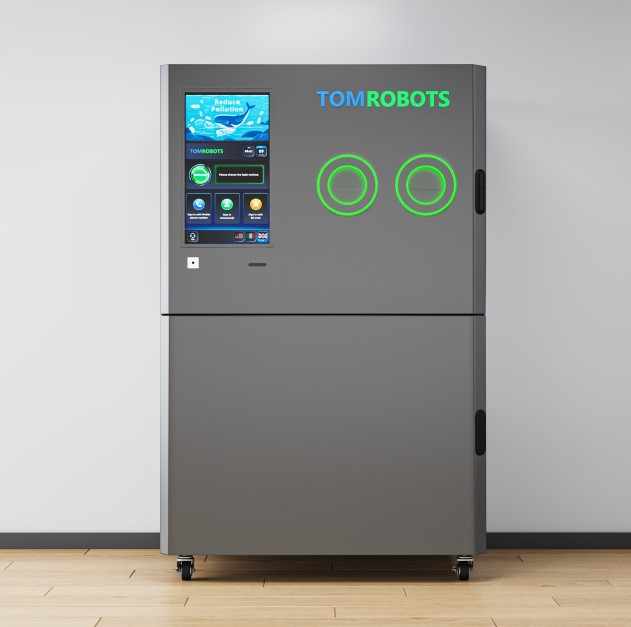
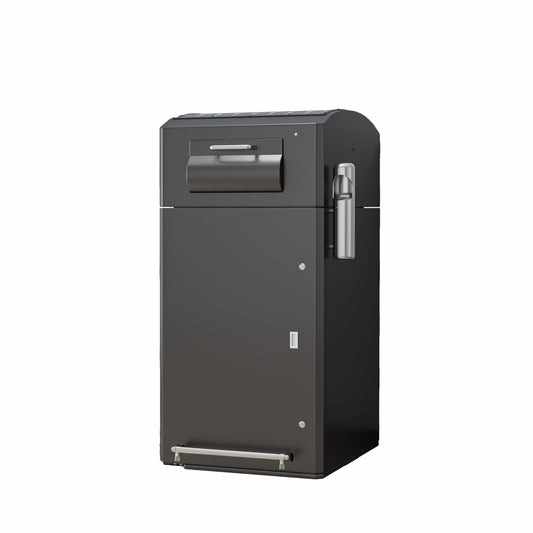
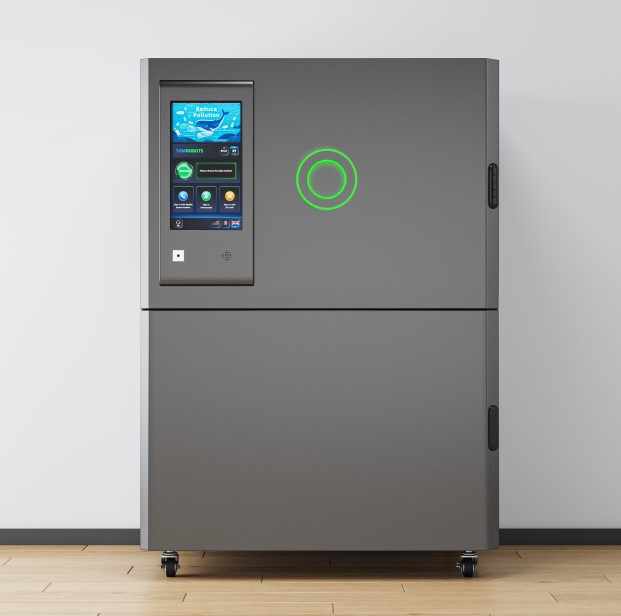
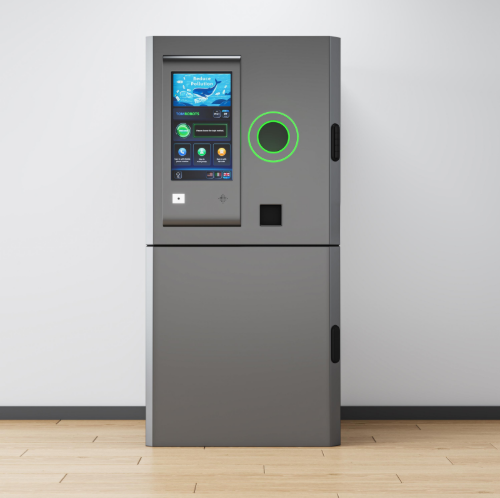
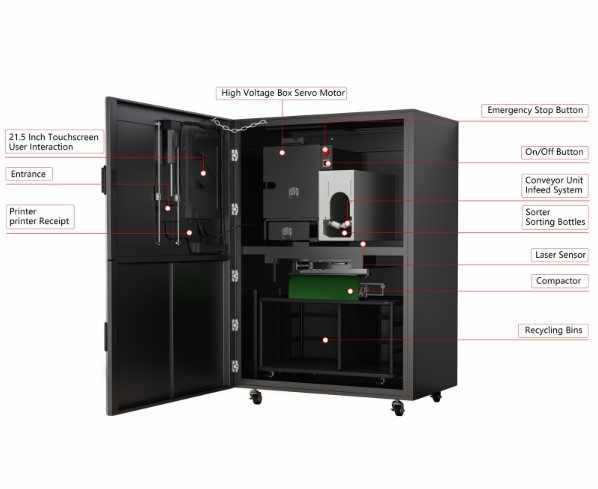
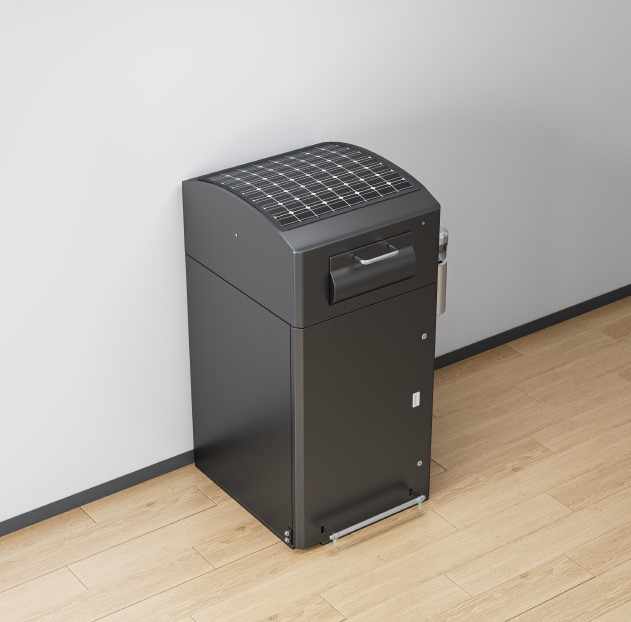
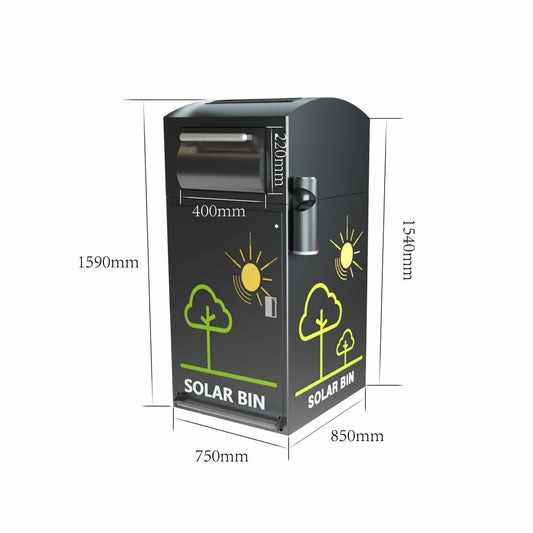



Write a comment ...